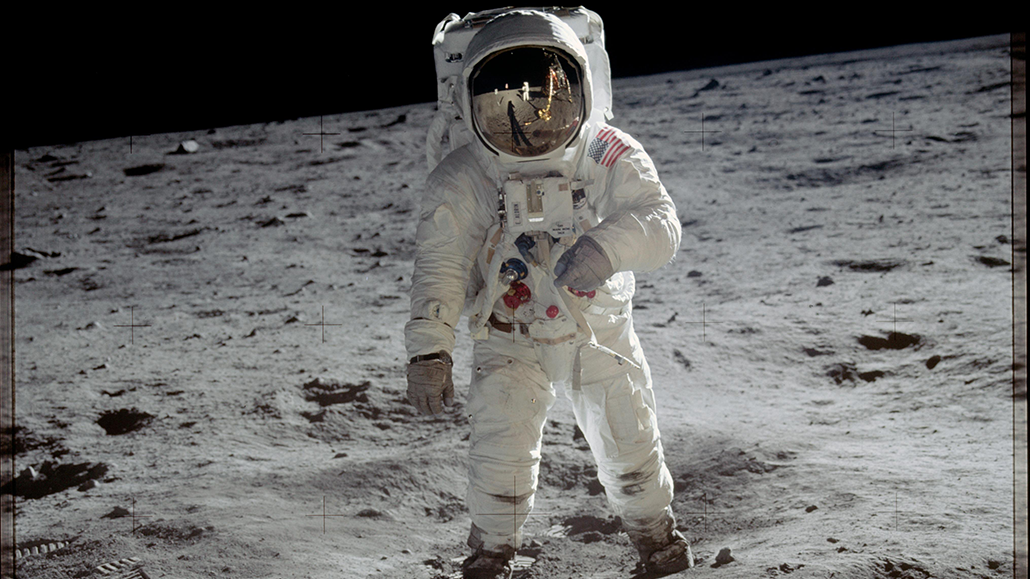To The Moon
by Michael Signal
by Michael Signal
1 On April 12, 1960, Yuri Gagarin became the first man in space. It was the second time that the Soviet Union had beaten the United States into Space. The Soviet Union had launched the first satellite, Sputnik, into orbit three years earlier. Americans had been beaten to the punch, twice. They didn’t want to be beaten again. No one was more determined for an American space victory than President John F. Kennedy. In 1961, he promised to land an American astronaut on the moon and return him safely to Earth. It would take the most powerful engine ever created to make that promise come true, but on July 20, 1969, American astronauts walked on the moon. They returned safely to Earth on July 24.
2 The Soviet Union doesn’t exist today. Most of what used to be the Soviet Union is modern-day Russia, but in the 1960s, Americans saw the Soviet Union as a huge threat. For decades, the United States and the Soviet Union were locked against each other in the Cold War. There was no fighting in the Cold War, but there was a lot of showing off. Each side had to prove that it was more powerful than the other. The Soviet launch of the first satellite and the first person into space seemed to prove that their space program was the best in the world. People of the United States did not want the Soviet Union to be best at anything. America had to do something big. The Soviet Union had only sent people and things into orbit around the Earth. President Kennedy made a gamble. If the United States really could put a man on the moon, it would prove that the American space program was the best. But it would also be a huge defeat if the United States failed.
3 The Soviet Union and the United States had both launched people and satellites into space, but they returned quickly to Earth or stayed in orbit around the planet. Sending men to the moon would be a much more difficult task. The first rockets that blasted into space were not nearly powerful enough to reach the moon. The United States needed to build a new rocket. A team of brilliant scientists designed the Saturn V rocket. It stood over 360 feet tall and carried about one million gallons of explosive fuel. The Saturn V’s F-1 rocket engines are the most powerful rocket engines ever produced. It was the only machine that would be able to place American astronauts on the moon.
4 It took four days for Neil Armstrong, Buzz Aldrin, and Michael Collins to reach the moon. But they did reach the moon, and they returned to Earth safely. The 1969 moon landing put the United States ahead of the Soviet Union for good in their Cold War battles over space. That victory was due in part to the determination of an American President and the American people, and in part to the mighty Saturn V rocket.
Spacewalk
by Michael Signal
by Michael Signal
1 A Soviet cosmonaut became the first man in space in 1961. Yuri Gagarin’s space flight was dangerous, but his Vostok 1 spacecraft protected him from the hazards of space. Almost five years later, another Soviet cosmonaut would become the first man in space, outside of a spacecraft. Alexei Leonov performed the first spacewalk in 1965. Leonov’s spacewalk proved that a person could survive in space, outside of a spacecraft. Today, astronauts and cosmonauts use spacewalks to perform all sorts of tasks.





